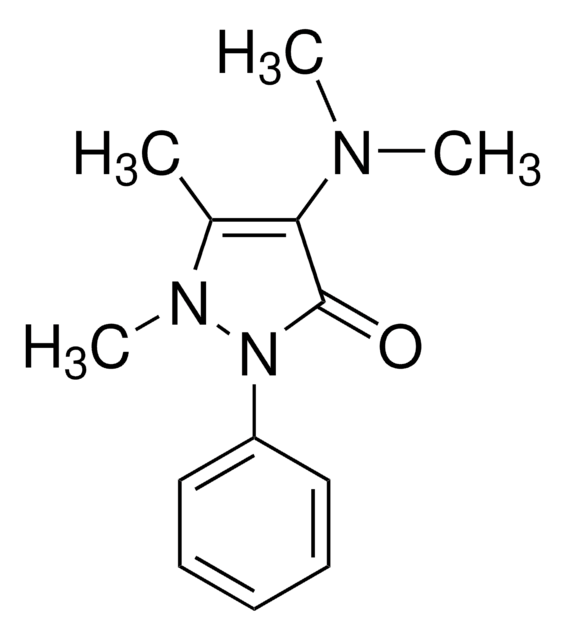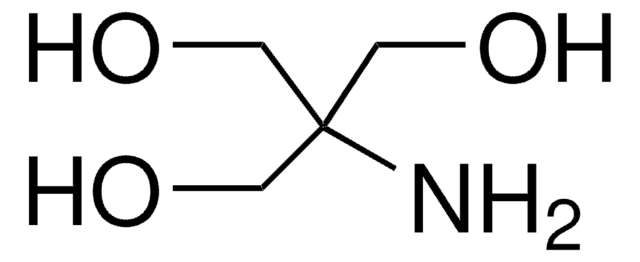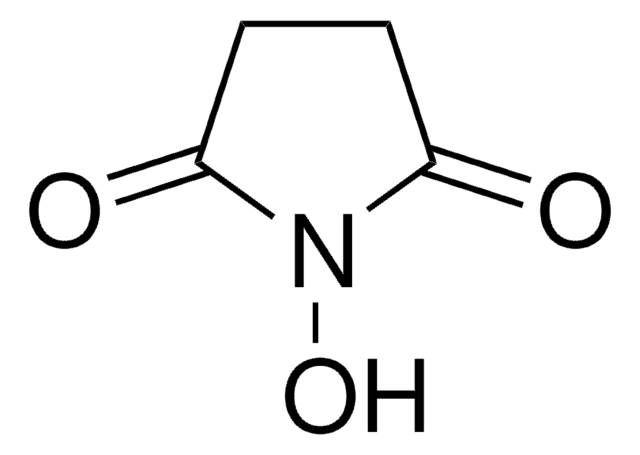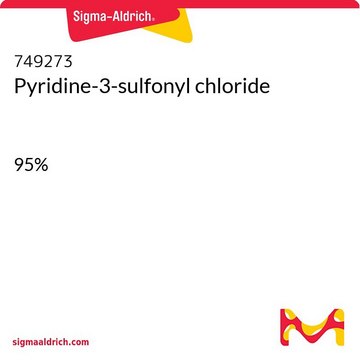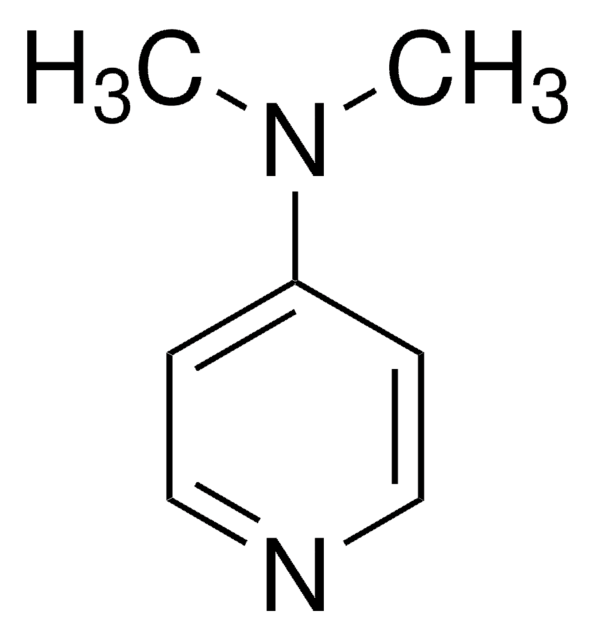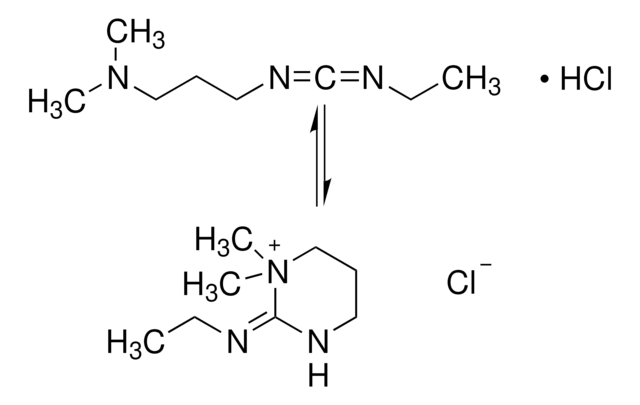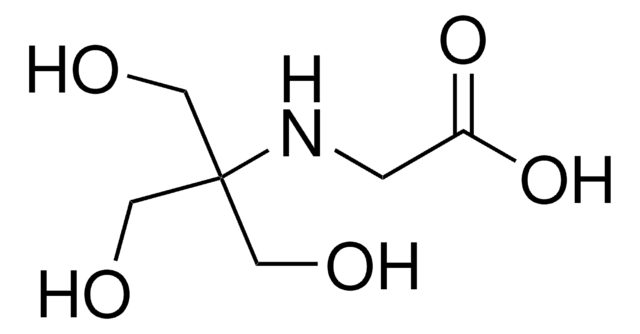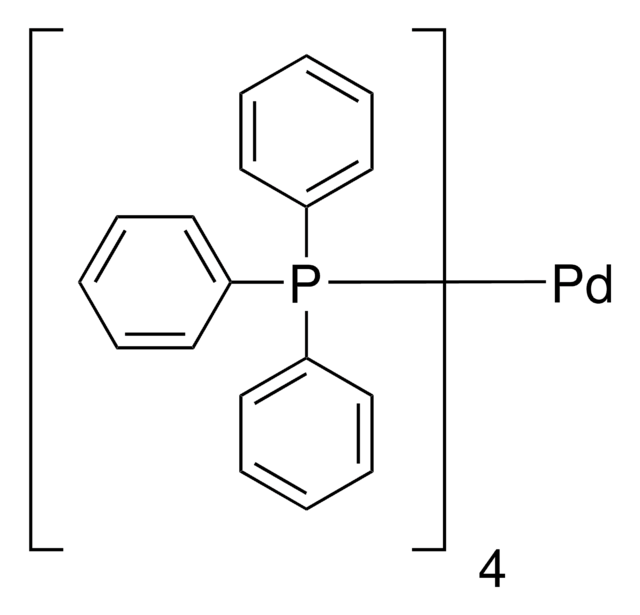D139106
4-Dimethylaminoantipyrine
97%
Synonym(s):
4-Dimethylamino-2,3-dimethyl-1-phenyl-3-pyrazolin-5-one, Aminopyrine
Sign Into View Organizational & Contract Pricing
All Photos(1)
About This Item
Empirical Formula (Hill Notation):
C13H17N3O
CAS Number:
Molecular Weight:
231.29
EC Number:
MDL number:
UNSPSC Code:
12352103
Recommended Products
Assay
97%
mp
107-109 °C (lit.)
SMILES string
CN(C)C1=C(C)N(C)N(c2ccccc2)C1=O
InChI
1S/C13H17N3O/c1-10-12(14(2)3)13(17)16(15(10)4)11-8-6-5-7-9-11/h5-9H,1-4H3
InChI key
RMMXTBMQSGEXHJ-UHFFFAOYSA-N
Looking for similar products? Visit Product Comparison Guide
Application
Oxidation by Fe(VI) has potential to remove N-nitrosodiumethylamine precursors, including 4-dimethylaminoantipyrine, from drinking water. 4-Dimethylaminoantipyrine is itself an effective scavenger of reactive nitrogen compounds nitric oxide and peroxynitrite, important in the inflammatory response.
Biochem/physiol Actions
Antipyrine was found to be nonmutagenic when screened against Salmonella typhimurium tester strains TA100, TA98, TA97, TA102 and TA104.
replaced by
Product No.
Description
Pricing
Regulatory Information
新产品
Choose from one of the most recent versions:
Already Own This Product?
Find documentation for the products that you have recently purchased in the Document Library.
Francielle O Chagas et al.
The Analyst, 145(20), 6562-6571 (2020-08-12)
An optical sensor (OS) was synthesized by mixing 10,12-pentacosadiinoic acid (PDA) with a triblock copolymer for use in the detection/quantification of lidocaine (LD) in seized cocaine hydrochloride (seized CH) samples. In the presence of LD, the OS presented a chromatic
Christophe Provin et al.
Pharmaceutical research, 32(8), 2704-2712 (2015-03-01)
Percutaneous absorption assays of molecules for pharmaceutical and cosmetology purposes are important to determine the bioavailability of new compounds, once topically applied. The current method of choice is to measure the rate of diffusion through excised human skin using a
Our team of scientists has experience in all areas of research including Life Science, Material Science, Chemical Synthesis, Chromatography, Analytical and many others.
Contact Technical Service